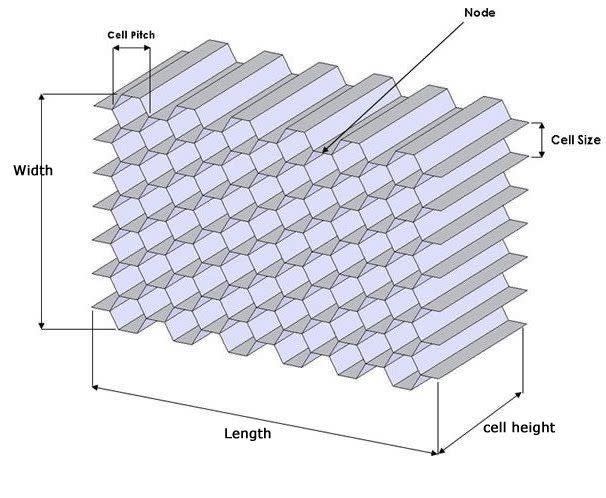sarclee
Mechanical
- Jan 14, 2022
- 105
Hi, would like to know if non-metallic composite honeycomb is suitable for satellite?
I have seen most of the example projects, limited to my access, are using Al composite honeycomb...
Thank you!
I have seen most of the example projects, limited to my access, are using Al composite honeycomb...
Thank you!

